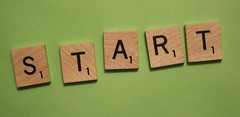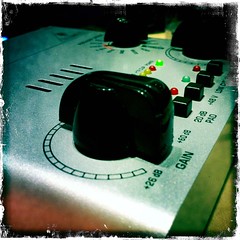No One Starts at Your Website |
| Posted: 31 Mar 2011 08:00 AM PDT
And you know what? That’s ok. Here are a couple of thoughts about that: 1. Your site isn’t built for that, and probably will never be. Sure, you have a link to your catalog. And links to a variety of databases. But those aren’t your website. On your actual website, you have a lot of information up about your library, like your policies and info on your board of trustees. But that’s not really what the majority of your patrons are interested in. You do have some information that your patrons want, like hours, locations, etc – those are used a lot on my library’s website. But that’s not really the start of someone searching for information, is it? 2. There are other tools already set up that do that whole “let’s start an info search” much better than us. Think Google, Bing, or even Wikipedia. They are made to find little nuggets of info. In years past, actual librarians did that great – and there weren’t many other options. But now, the web owns that ready reference type stuff. So what are our websites for? Well – that should depend on your library’s strategic plan. But generally speaking, our websites serve a variety of purposes, including:
But start info searches? That doesn’t really make sense in today’s web environment anymore (not to me, anyway). Instead, point your patrons to the best places to go to start their searches – then, when they get confused … make sure they know that you are there, ready to expand, reshape, and redefine those searches so they’re actually useful. That’s our job. pic by jakeandlindsay Share:         Related Posts |
| You are subscribed to email updates from David Lee King To stop receiving these emails, you may unsubscribe now. | Email delivery powered by Google |
| Google Inc., 20 West Kinzie, Chicago IL USA 60610 | |


 Guess what? Your patrons aren’t starting their information searches at your library’s website. In fact, OCLC checked that out. In their
Guess what? Your patrons aren’t starting their information searches at your library’s website. In fact, OCLC checked that out. In their  I was just at
I was just at 